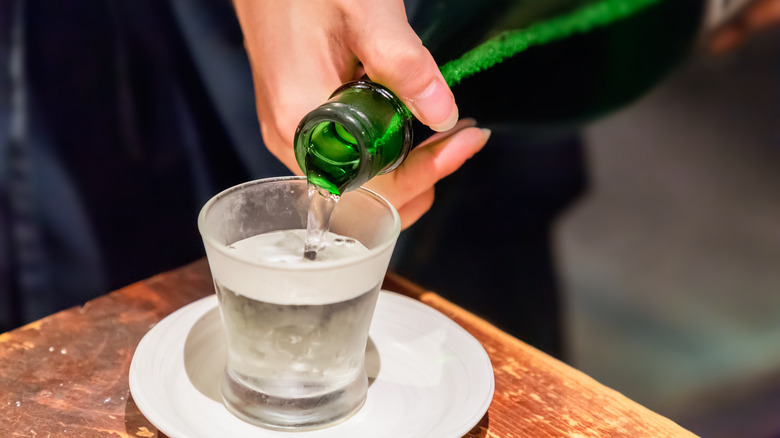How Long Sake Will Still Taste Good After Opening
Sake holds a special place in Japan's beverage history, much like bourbon does in the U.S. and Scotch does in Scotland. The base of sake is made of fermented rice, and it offers an extremely diverse palate depending on the variation you choose. For instance, kunshu sake is fragrant and can be sweet-tasting. On the flip side, aged jukushu sake offers robust, rich flavors reminiscent of spices and dried fruits. This broad spectrum of tastes is what makes sake such an intriguing beverage to sip.
If you're new to sake, however, it's essential to understand its shelf life once the bottle is opened. Unlike whiskey, which can last for up to two years if it's stoppered or re-corked correctly, sake shares a similarity with wine, which has a relatively short shelf life. Once opened, exposure to air causes the sake to oxidize and lose its flavor.
So how long is sake good after opening? Typically, pasteurized sake can last for one to two years when tightly sealed and stored in the fridge. However, unpasteurized sake, known as namazake, has a much shorter lifespan, lasting anywhere from two to four weeks after it's opened. (A never-been-opened bottle will last six months.) This is because unpasteurized sake retains bacteria and yeast from the brewing process, so naturally, it spoils more quickly than its pasteurized counterpart. To maximize the shelf life of this kind of sake, you must always keep it in the fridge. (Yes, even between rounds!)
How to tell when your sake's gone bad
Trust us, when your sake goes bad, you'll notice. The most glaring indicator is a sour, vinegar-like aroma emanating from the bottle when you uncap it. Instead of its usual clear, spring water-like hue, the sake may adopt an amber color akin to lager beer, with a cloudy appearance — a clear sign that oxidation has taken its toll on the drink. However, there are exceptions to this visual rule. For instance, koshu (aged sake) naturally has an amber color due to the aging process. Additionally, nigori sake has a cloudy appearance by default, so it won't fit the bill here either.
In case the indicators above are too subtle to tell if your sake's gone bad or not, you can still go for a taste test. Rather than the smooth, refined flavor sake is known for, your palate may detect a hint of staleness or, in severe cases, a very unpleasant acidic taste.
If you find your sake has passed its prime, fortunately, it doesn't necessarily belong in the trash! If it still hasn't been completely spoiled and simply tastes slightly stale, you can repurpose it in the kitchen as a cooking spirit. Adding a splash to dishes like tare sauce or gyudon can help mask any off-putting flavors and aromas when heated during the cooking process.

